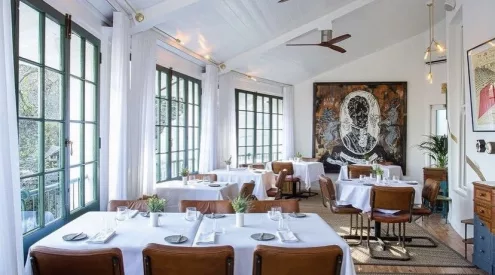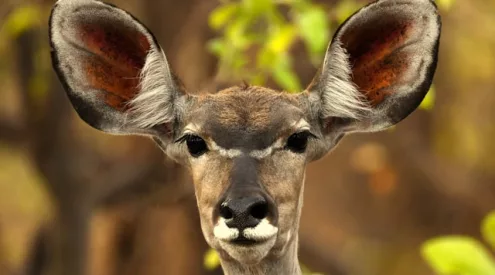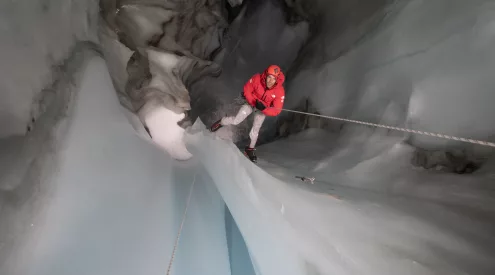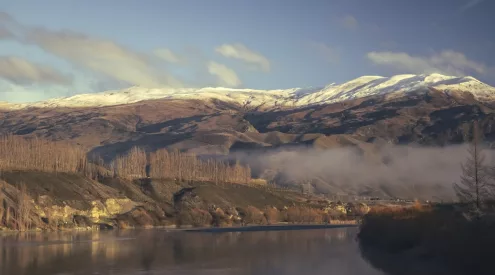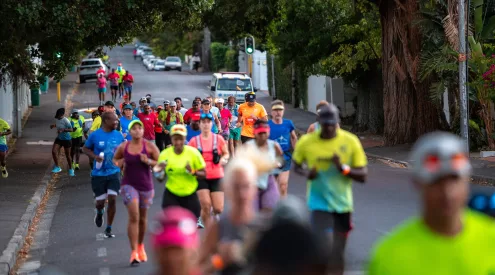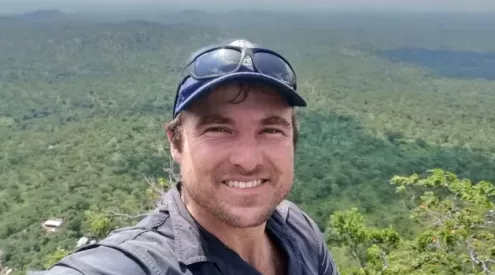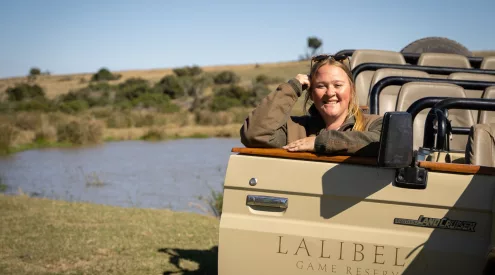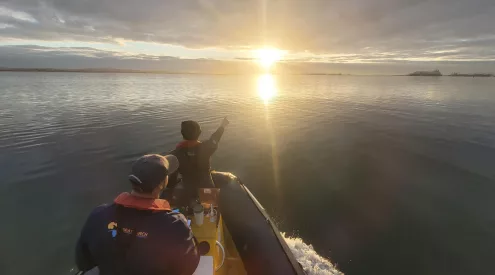South Africa boasts a multitude of caverns and caves, with one of its most popular sites being the Cango Caves in the Karoo.
The caves are located on a limestone belt about 1,5km wide and almost 16km long in the Swartberg Mountains just north of Oudtshoorn.
Stalactites (hanging columns), stalagmites (columns growing upwards) and helictites (columns which grow in all directions) are all features of the magnificent cave system.
The chambers show evidence of early San inhabitation and contain various San rock paintings. Researchers believe that the caves were later discovered by a herder in search of lost cattle, and after that explored extensively by local farmer Jacobus van Zylin 1780, after whom the first hall is named.
The caves quickly became a popular tourist attraction, suffering much damage at the hands of ignorant visitors vandalising rock paintings or breaking off parts of rock formations.
Only in 1820, Lord Charles Somerset who was the governor of the Western Cape at the time, published the first Caves Regulation designed to protect the environmental resource and ban the collection of souvenirs.
The cave site is South Africa’s oldest tourist attraction and the country’s largest show-cave system.
Sources: Oudtshoorn.com and South Africa-info.co.za
Image: Instagram


